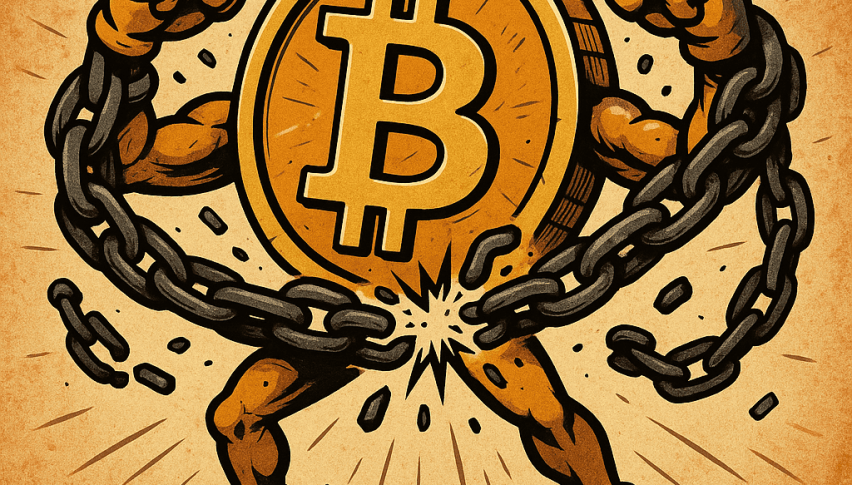The Bahamas Sets Two-Year Plan for Banks to Adopt ‘Sand Dollar’ CBDC
The Bahamas is pushing forward with plans to fully integrate its central bank digital currency (CBDC), the Sand Dollar

The Bahamas is pushing forward with plans to fully integrate its central bank digital currency (CBDC), the Sand Dollar, within the commercial banking sector over the next two years. This initiative, reported by Reuters, comes after the Central Bank of the Bahamas introduced the CBDC in late 2020.

Despite its early start, the Sand Dollar has seen limited circulation, amounting to just B$2.5 million by March this year—less than one percent of the total cash in circulation.
Governor John Rolle of the Central Bank of the Bahamas expressed his vision for the future, stating, “We foresee a process where all of the commercial banks will eventually be in that space, and they will be required to provide their clients with access to the central bank digital currency.” This move aims to enhance the accessibility and usability of the Sand Dollar across the nation’s financial ecosystem.
Challenges in Widespread Adoption
The journey toward widespread adoption of the Sand Dollar has faced several hurdles. As of the end of last year, there were only seven active digital wallet providers, down from a higher number initially, which had led to confusion among users. Additionally, the integration of the CBDC with banking services has been slow, with a notable gap in retail support—nearly 1,800 retail outlets supported the CBDC by the end of 2023.
Moreover, the growth in the number of consumer and merchant wallets was only about 1% monthly towards the end of the last year, with transaction volumes around B$25,000 per month, according to data from the International Monetary Fund (IMF). These figures highlight the gradual, albeit steady, adoption among the populace.
Educational and Infrastructure Development
To address these adoption challenges, the Central Bank of the Bahamas has acknowledged the necessity for more robust educational efforts about the CBDC and its uses. Users currently have the option to top up their wallets using cash at automated kiosks, but broader educational outreach is required to increase understanding and trust in the digital currency. The country also faces infrastructural challenges, such as inconsistent telecom reception, which have impeded the seamless use of digital wallets. In response, the Bahamas is exploring solutions like making the Sand Dollar available offline to ensure wider accessibility.
Furthermore, in a significant technological partnership, the central bank collaborated with NZIA, now known as Movmint, to deploy a private distributed ledger technology (DLT) for the Sand Dollar, aiming to secure and streamline CBDC transactions.
This concerted push towards the adoption of the Sand Dollar represents The Bahamas’ ambitious efforts to position itself at the forefront of digital currency innovation, despite facing logistical and technological challenges.
- Check out our free forex signals
- Follow the top economic events on FX Leaders economic calendar
- Trade better, discover more Forex Trading Strategies
- Open a FREE Trading Account



